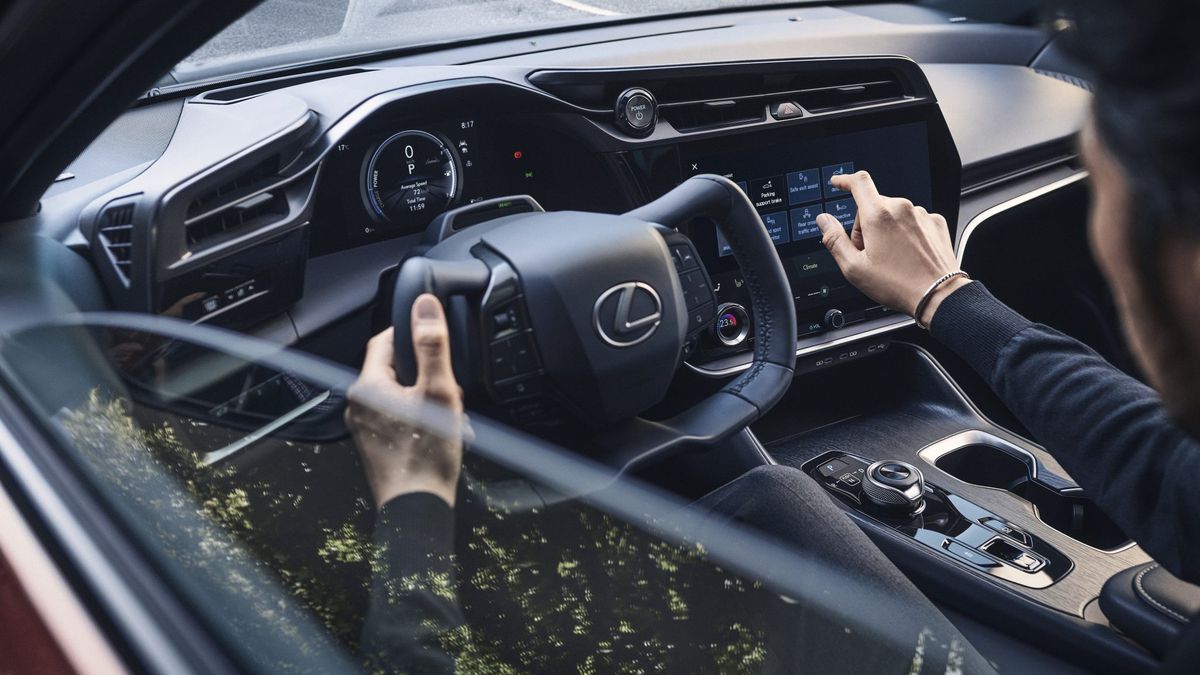Lexus, the luxury automaker owned by Toyota, announced that it will reveal its first electric vehicle on Wednesday, April 20th, at 6AM ET. And it released two teaser images, one of which — we regret to inform you — features a steering yoke.
In a sense, it’s not surprising. Toyota’s next-generation, long-range EV, the BZ4X, will also come with an optional yoke when it’s released later this year. The automaker appears to be taking its design cues from Tesla, which included a yoke in the Model S Plaid. The BZ4X will also come with a standard steering wheel and system for those not interested in going full yoke.
It’s not clear whether Lexus will offer a non-yoke version of its upcoming EV, which it named the RZ 450e. The company has also teased a prototype version of the EV, which appears to be styled similarly to the BZ4X.
:no_upscale()/cdn.vox-cdn.com/uploads/chorus_asset/file/23368943/RZ_Teaser_2_16x9_2048x1152.jpeg)
Reviews of the Model S Plaid’s steering yoke have been mixed. Consumer Reports notes that while its design does give a better view of the sedan’s gauge cluster, that might not be worth giving up the existence of something to grab onto if the driver loses their grip while taking a turn at high speeds. There’s also a decided lack of padding to ease pressure during long drives to keep in mind.
Lexus is playing catch up in the race to electrify the auto industry. Last year, the company said it will introduce 20 new vehicles by 2025 but that just 10 of those will be all-electric, hybrid, or run on hydrogen. But a few months later, Toyota announced that Lexus would become an electric-only brand by 2035.
There are still a lot of blanks to be filled in, but Toyota has said that it expects to make a Lexus sports car that would have a “cruising range” of 700 km (434 miles) and be able to accelerate from 0 to 60mph in under two seconds. Whether that’s the RZ, or something else, still remains to be seen.
Lexus also has an electric concept car, the LF-Z Electrified, that’s meant to demonstrate some of the aspects of its future electric lineup. One idea Lexus put forward with this concept is something called “Direct4,” which is the automaker’s version of torque vectoring that would drive power to each wheel independently, improving grip in high-performance situations.
At a more base level, Lexus says this concept car is designed to achieve “ideal balance and inertia” while driving thanks to optimal placement of the battery and motors. That could be why Lexus opted for a steering setup that is most commonly used in racing formats.
